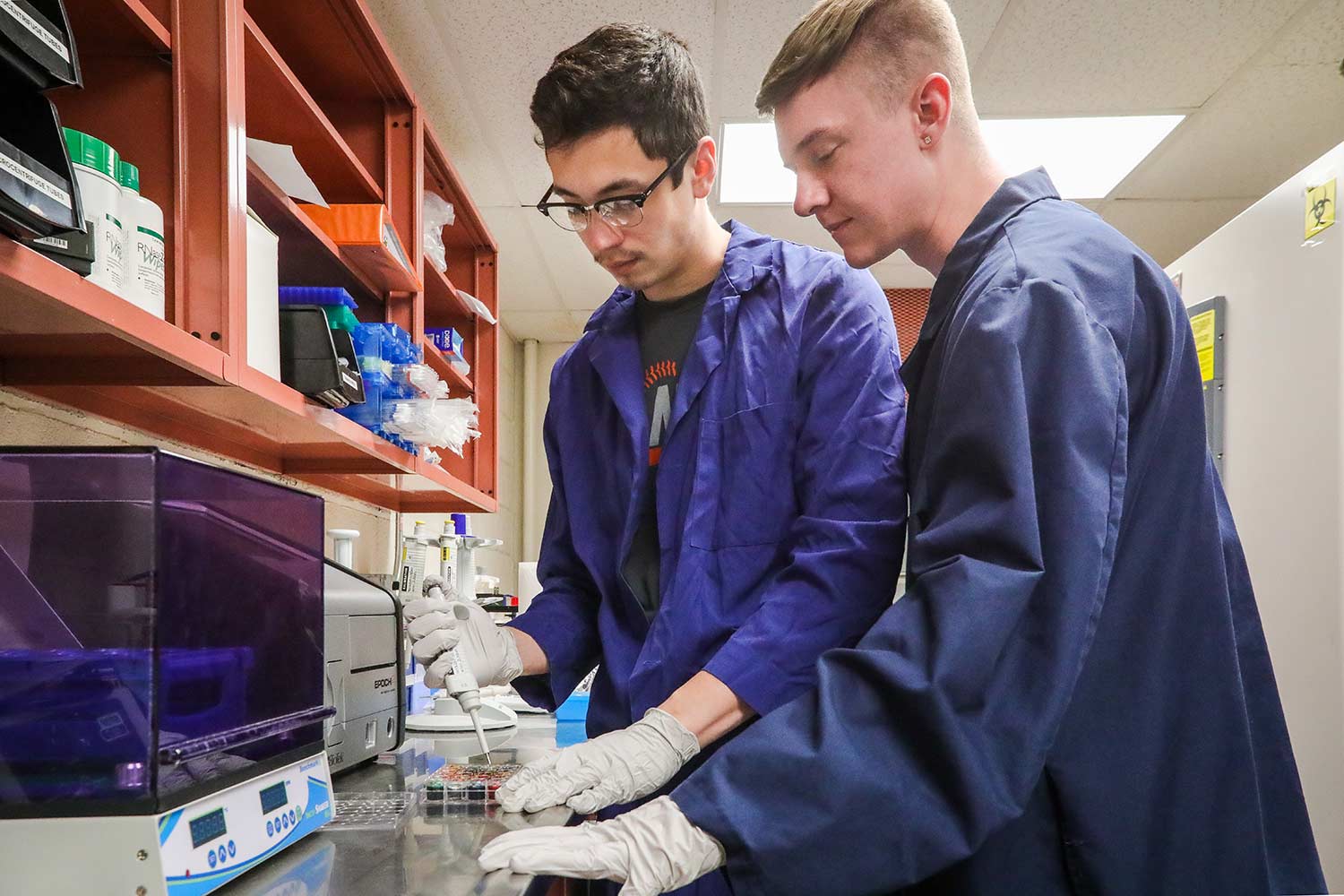Chemistry, B.S.
Request InfoChemistry Degree
The Chemistry Degree prepares students for a career in pharmaceuticals, oil, health care, and more through rigorous classroom and research experience.
Why Study Chemistry at Keystone College?
Connect one-on-one with faculty, fellow students, and other professionals through classroom instruction, hands-on learning, and internships:
- Explore a foundational curriculum in analytical, organic, inorganic, and physical chemistry.
- Prepare for a career in research and development, engineering, the allied health sciences, law and policy, and business.
- Obtain degree requirements outlined by the American Chemical Society (ACS).
- Gain hands-on analytical and instrumental experience studying chemical systems.
Receive personalized attention and top-notch instruction in a supportive environment:
- Our Stairs to Success developmental plan for success will guide you through your time at Keystone.
- 92% of students receive financial aid.
- Over 150 scholarships are awarded yearly.
Contact
Dr. Jessica Faux
Program Director of Wildlife Biology
570-945-8405
NSM@keystone.edu
Program
Program Goals
- Demonstrate competency in specific content knowledge.
- Apply the scientific method to address specific scientific problems.
- Demonstrate competency in laboratory skills, laboratory safety, and laboratory technology.
- Demonstrate competency in academic technology, including but not limited to writing technology, analysis technology, presentation technology, and bioinformatics technology.
- Evaluate and articulate the outcome of research and laboratory experiments.
- Apply mathematical formulas to analyze quantitative and/or qualitative scientific data.
- Design and implement an original research study; collect and analyze data; and draw conclusions based on data collected.
Exceptional experiences.
Giant outcomes.
14:1
Keystone student-to-faculty ratio
6%
increase in jobs over the next 10 years
$80,680
Median annual salary for chemistry careers

What can I do with a Chemistry degree?
The chemistry program will prepare students for traditional chemistry-oriented industries, such as the oil and gas, energy, defense, environmental, materials, forensics, medical, and pharmaceutical industries, as well as softer fields where chemical expertise is sought (i.e. law, public policy, medicine, and public health).
Employers
- Dow Chemical
- Guthrie Health Care
- Merck
- Regeneron Pharmaceuticals
- Sanofi Pasteur
Career Options
- Biochemist
- Chemical Engineer
- Environmental Scientist Laboratory
- Researcher
- Stereochemist
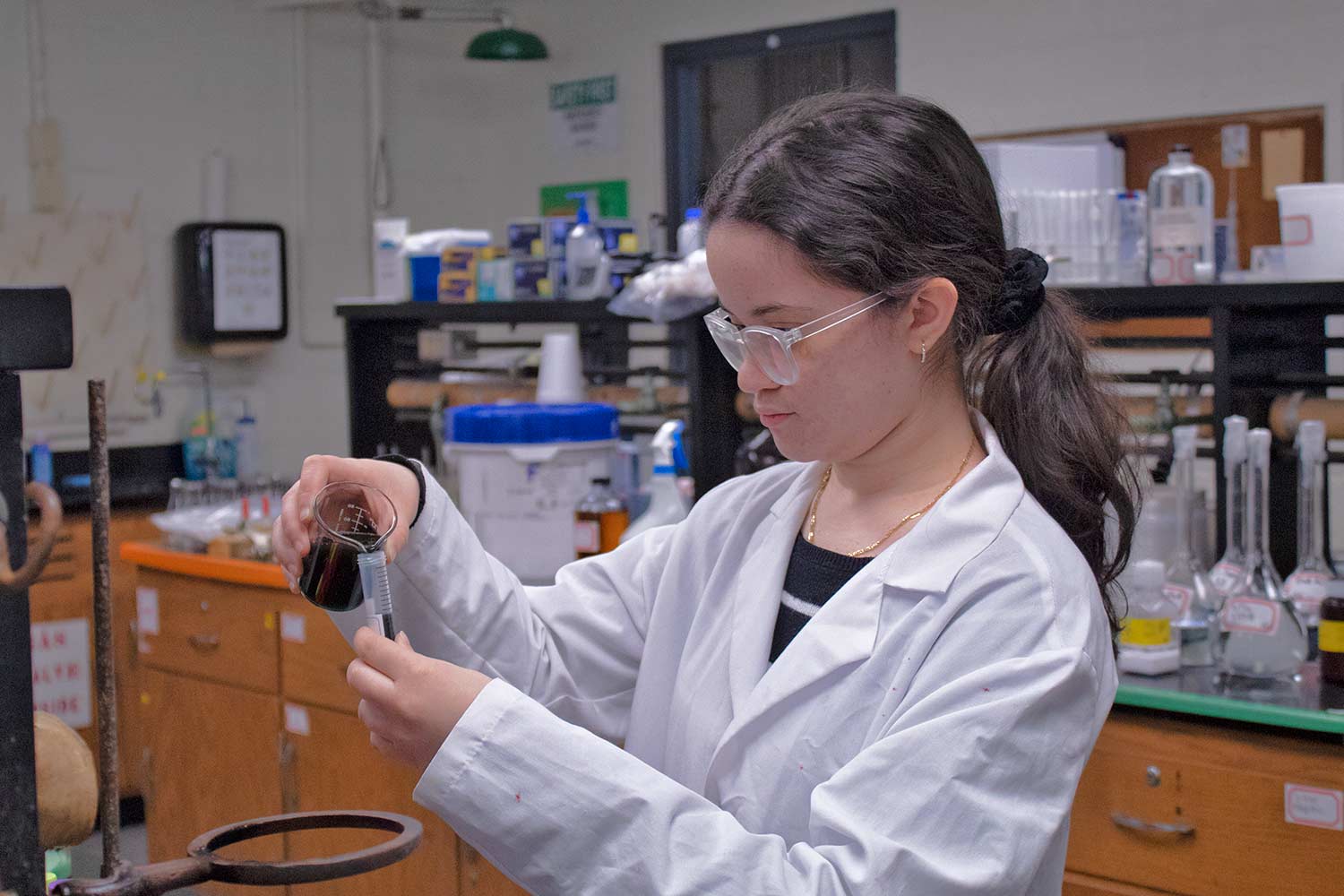

From internships and experiential learning opportunities to travel and conferences, you’ll have many opportunities to conduct real-world experiences, work with your peers and mentors in your chosen field, and learn first-hand the latest skills to succeed in the real world.
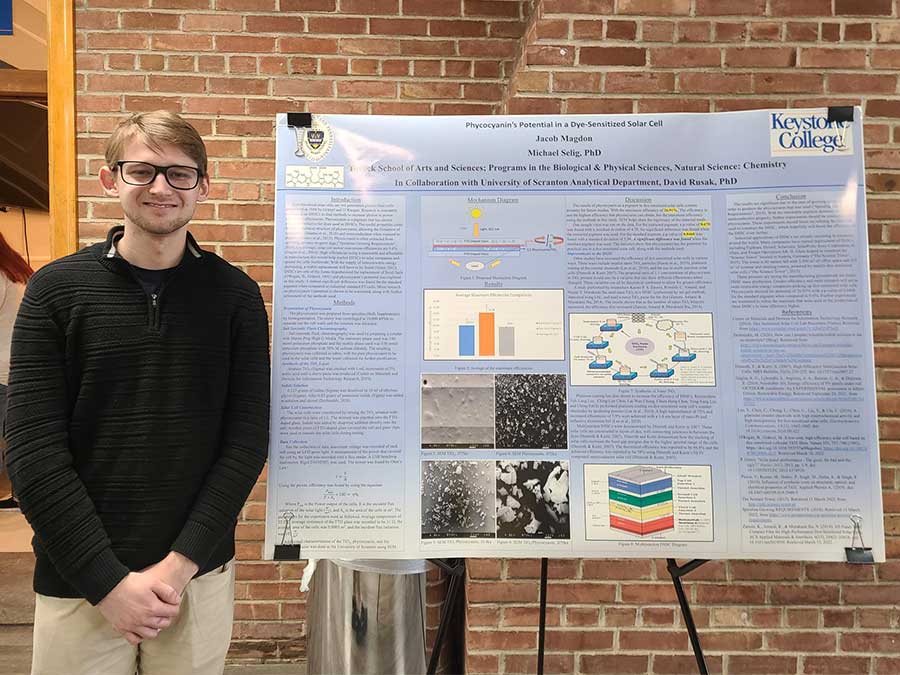
Research
Participate in a foundational experience focused in the chemical sciences through extensive classroom instruction, guided laboratory experiences, and independent research experiences.
Internships
Connect with professionals through hands-on learning and internships such as: Geisinger Health Systems, Sanofi Pasteur, and Merck.
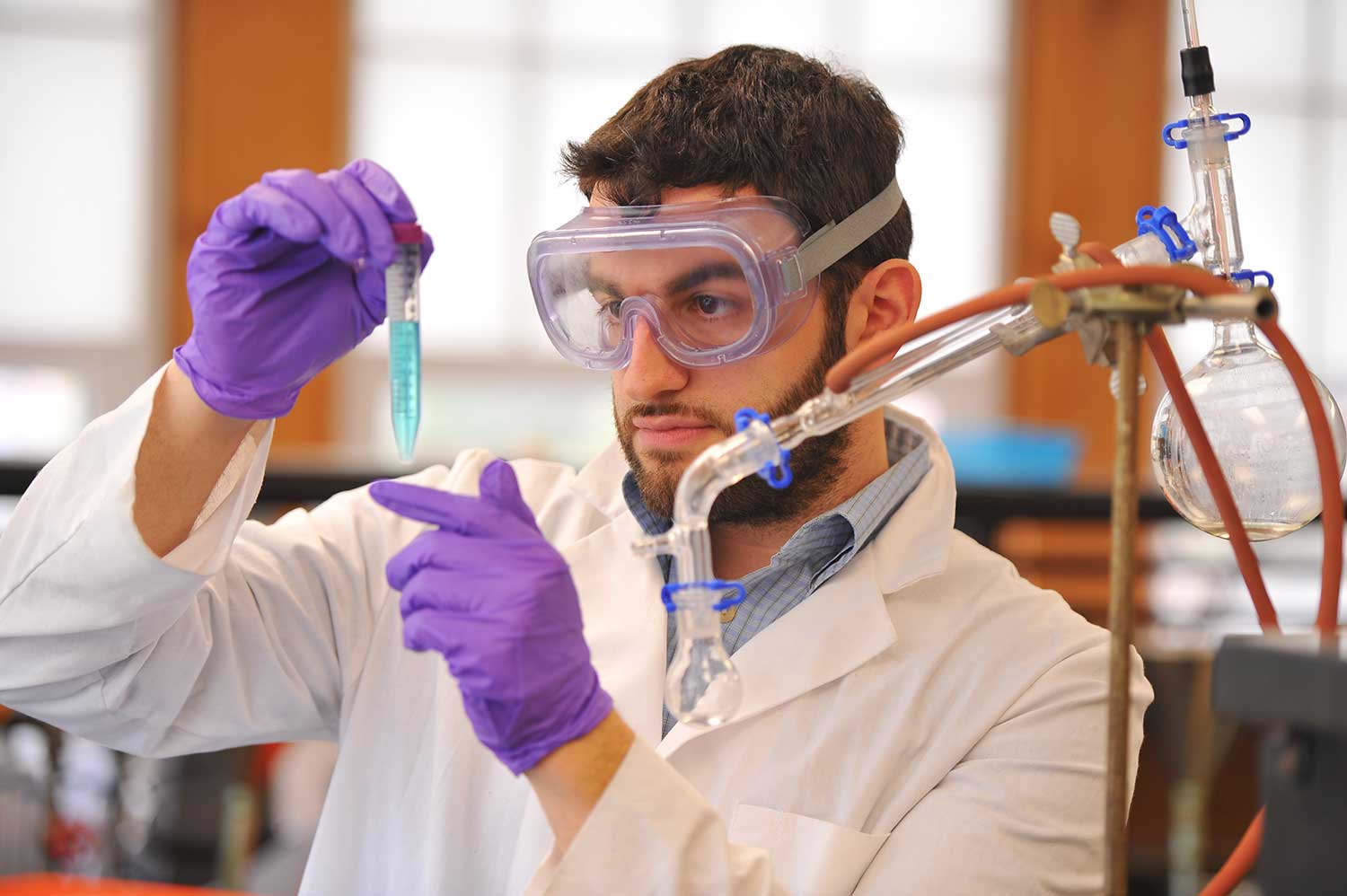
Chemistry Degree Projects in Action!

Synthesis of Pigments For Oil Paints
Katie Gogolen ’22, a double major in Forensic Biology and Chemistry, and a Chemistry Club member, synthesized pigments in the lab to produce different color oil paints. She used the paints to develop white and Prussian blue oil paints and then to created the above painting.

Chemistry and Forensic Biology major, Katie Gogolen, won the 2022 Excellence in Forensic Biology and Excellence in Research awards and is also an Honors Scholar program graduate.
For an honors project, I synthesized pigments in the lab and used them to make oil paints. I made Prussian Blue Paint by mixing together iron (ii) sulfate and potassium ferrocyanide solutions. I dried the pigment, ground it down to a fine powder, and mixed it with linseed oil. I made white paint by adding titanium oxide with linseed oil. I gessoed a canvas and used the paints I made to follow a Bob Ross tutorial called Northern Lights.
I like the Chemistry Department at Keystone because it provides opportunities to take classes studying a wide variety of chemistries, my favorite being Forensic Chemistry because I am also a Forensic Biology major. Studying chemistry broadens horizons and opens up many job opportunities.

Phycocyanin's Potential in a Dye-Sensitized Solar Cell
Jacob Magdon ’22, a Chemistry graduate and Chemistry Club president, used phycocyanin, a pigment extracted from spirulina, and made a new method to utilize phycocyanin in a dye-sensitized solar cell.

Jacob Magdon, a 2022 Chemistry graduate, won the Excellence in Chemistry, Excellence in Research, and the Thomas G. Cupillari Award for Excellence in the Physical Sciences.
Phycocyanin’s Potential in a Dye-Sensitized Solar Cell
For my project, I used phycocyanin, a pigment extracted from spirulina, and made a new method to utilize phycocyanin easily in a dye-sensitized solar cell. This new method complexed TiO2 and phycocyanin without the need for Nano-TiO2. The solution was analyzed with the help of the University of Scranton Scanning Electron Microscope. Determined that the method was successful, the solution was coated onto FTO-doped glass counter-electrodes with iodide to create the dye-sensitized solar cells. Max power conversion efficiencies were taken, and a high of 26.91% was found, with an average of 14.34%. Compared to the industrial average for solar cells needed to work large scale of 9.6%, a statistical significance was found, with a p-value of 0.0468.
Currently, I am running my data once more to conclude consistency and will be trying to publish a paper about the project with the help of Dr. Selig.
I chose chemistry at Keystone College because chemistry pushed me more than any other class and the professors that teach the chemistry courses are truly inspiring and motivating. The research opportunities were endless, and I never stop learning!
Featured Faculty

Robert D. Cook, PhD, PG

Nicole Diette, PhD

Jessica Faux, PhD

Joseph Iacovazzi, PhD

John B. Minora

Linda Tucker Serniak, PhD
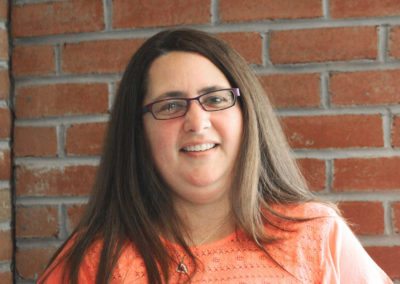
Vicki A. Stanavitch, PhD
You Belong at Keystone
Become part of the Keystone family!


